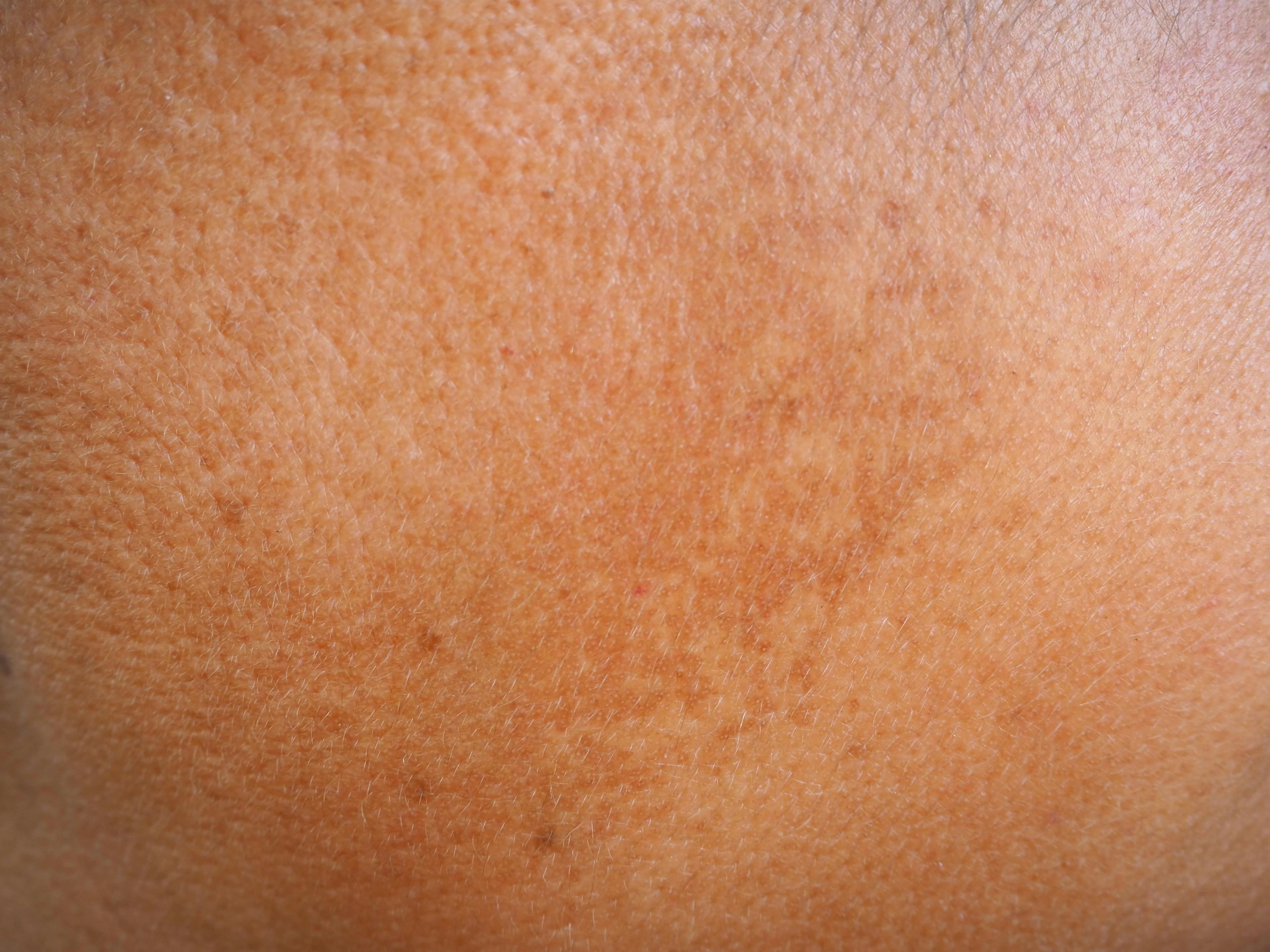- Acne
- Actinic Keratosis
- Aesthetics
- Alopecia
- Atopic Dermatitis
- Buy-and-Bill
- COVID-19
- Case-Based Roundtable
- Chronic Hand Eczema
- Drug Watch
- Eczema
- General Dermatology
- Hidradenitis Suppurativa
- Melasma
- NP and PA
- Pediatric Dermatology
- Pigmentary Disorders
- Practice Management
- Precision Medicine and Biologics
- Prurigo Nodularis
- Psoriasis
- Psoriatic Arthritis
- Rare Disease
- Rosacea
- Skin Cancer
- Vitiligo
- Wound Care
Publication
Video
Dermatology Times
Advice for Clinicians on JAK Inhibitors
Author(s):
Linda Stein Gold, MD, and Matthew Zirwas, MD, share some advice for clinicians on how to discuss JAK inhibitors with patients.
Linda Stein Gold, MD: Matt, do you have any words of wisdom for our colleagues who are trying to tackle this for the first time? We have a great drug, but there’s that little wrinkle because of the box warning. Would you encourage people to give it a try? If they’re worried, should they try to start on areas like the face where you know it’s going to be localized?
Matthew Zirwas, MD: Everything is a trade-off. It’s not like the question we’re asking is no treatment vs the topical steroid. The question we’re asking is: which is better, topical steroid vs this, or other non topical non steroidals vs this is. We know that in terms of speed and efficacy, there isn’t another nonsteroidal that has an effect like this.
When you prescribe this for the first time or 2, ask your patient to call and leave a message after they’ve used it for a couple of days because the feedback I’ve gotten from patients has been that they’ve never experienced anything like the itch relief before, and this works quickly. To me, that’s what makes this drug worth having that conversation about the black-box warning. What makes it worth having a conversation about the box warning is that this is the fastest, most effective topical-free atopic dermatitis treatment that I’ve ever seen in my clinical practice.
I’m purposely not making that a comparative statement with any other drug because we don’t have a head-to-head trial that was adequately powered to determine anything like that. But having treated atopic dermatitis and contact dermatitis for the last 20 years, that’s all that I see. I’ve never seen a drug like this, and that makes it worth having the short conversation about the box warning.
Linda Stein Gold, MD: I agree. We see rapid onset of efficacy, rapid onset of its reduction, and really good tolerability, and we don’t see the stinging and burning that we might expect to see from a nonsteroidal option. It’s a drug that can be used on multiple body surface areas. It’s for short term, which to me means twice a day for up to 8 weeks, but you can stop earlier if the skin is controlled before that. For noncontinuous long-term means, they go on and off, as needed, as that disease comes back.
Thank you, Matt, for this wonderful discussion. This is a complicated issue, and you’ve helped simplify things quite a bit. I’d like to thank our viewing audience as well. We hope you found Dermatology Times® Derm View to be rich and informative. Thanks so much.
Transcript edited for clarity.

Newsletter
Like what you’re reading? Subscribe to Dermatology Times for weekly updates on therapies, innovations, and real-world practice tips.
























